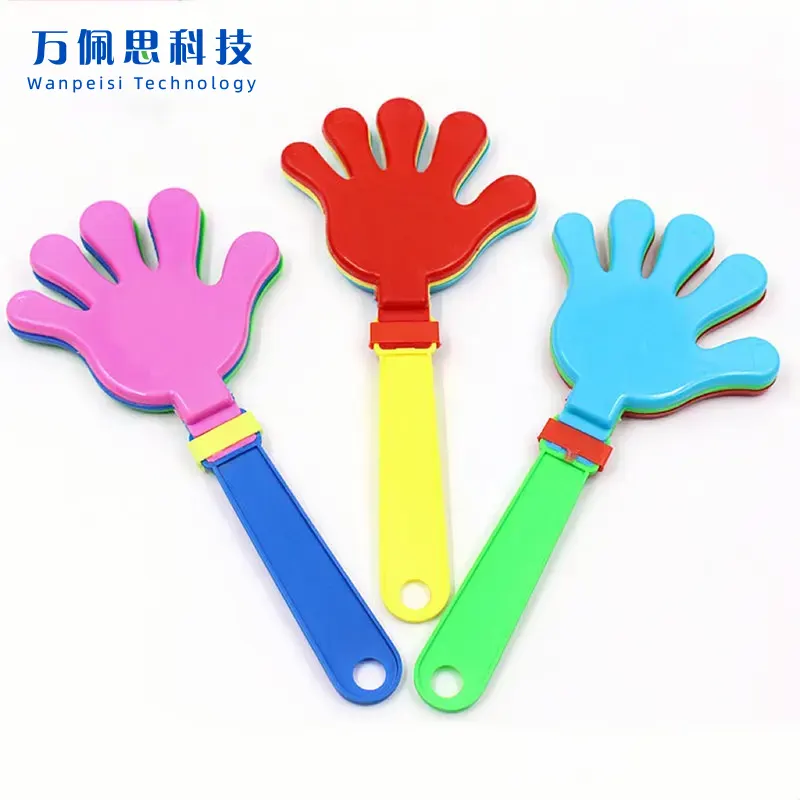What Are Some Design Considerations for Injection Moulded Parts?
2024-10-14

What are the design considerations for injection moulded parts?
Design considerations for injection moulded parts include wall thickness, draft angle, corner transitions, bosses and ribs, and gate location:
- Wall thickness: The thickness of the part's walls can affect its overall strength and stability. Parts that are too thin may be prone to breakage, while those that are too thick may have longer cooling times.
- Draft angle: This refers to the degree of taper on the vertical walls of the part, which allows it to be easily removed from the mould. A more significant draft angle makes it easier to eject the part but may also reduce accuracy.
- Corner transitions: Smooth corner transitions are essential in injection moulding. Sharp corners can cause weak spots or sink marks, while fillets can improve structural integrity.
- Bosses and ribs: These are both used to increase a part's strength, but they must be designed correctly to avoid issues like sink marks or voids.
- Gate location: Proper gate location can ensure that the plastic flows smoothly throughout the mould, creating a more consistent part with fewer defects.
What materials can be used for injection moulding?
Injection moulding can be done using various materials, including:
- Thermoplastics like polyethylene, polypropylene, and polystyrene
- Engineering plastics like nylon and PEEK
- Thermosetting plastics like phenolic and melamine resins
- Elastomers like silicone and natural rubber
What is the difference between a hot runner and a cold runner mould?
The primary difference between hot runner and cold runner moulds is that the former keeps the material constantly hot, while the latter allows the material to cool and solidify after each injection cycle. Hot runner moulds help reduce material waste and shorten cycle times.
What is overmoulding?
Overmoulding is a process of injecting a second layer of material on top of an existing part. It can be used to add features like a soft-touch grip to a plastic handle or to fuse multiple plastic parts together to reduce assembly times.
What are some common defects that can occur during injection moulding?
Some common defects that can occur during injection moulding include:
- Sink marks
- Weld lines
- Short shots (incomplete filling of the mould)
- Flash (excess material at the parting line)
- Silver streaks
In conclusion, plastic injection moulding is a versatile manufacturing process that can produce high-quality plastic parts. Design considerations like wall thickness, draft angle, corner transitions, bosses and ribs, and gate location must be taken into account to ensure the final product is of the desired quality. Various materials can be used for injection moulding, and different types of moulds can be used depending on the requirements of the project. As with any manufacturing process, there is a risk of defects, so it is essential to follow best practices to minimise these risks and maximise the quality of the final product.
Xiamen Wanpeisi Technology Co.,Ltd. is a leading manufacturer of plastic injection moulded parts. We have years of experience in this industry, and our team is dedicated to providing high-quality products and exceptional customer service. To learn more about our services or to request a quote, please visit our website at https://www.wpsplastics.com or contact us at jessica@wpsplastics.com.
References:
https://www.protolabs.com/resources/injection-molding-design-guidelines/
https://www.creativemechanisms.com/blog/all-about-injection-molding-designs-tips-advantages-and-more
https://www.idmould.com/en/news/How-to-Avoid-Common-Defects-in-Injection-Molding-Process.shtml
Scientific papers:
V. Patro (2005) Injection Moulding of Short Glass Fibre Reinforced Polyamide Composites in the Pre-Liquid Crystalline Phase, Journal of Materials Processing Technology, Vol. 169, pp. 459-467.
Z. Xu and K. Sato (2016) Visualization of melt delivery and distribution in spiral flow channel of injection molding with geometrical variations, International Communications in Heat and Mass Transfer, Vol. 78, pp. 7-12.
D.L. Burris and D.R. Ferguson (1985) Orientation, crystallinity, and toughness development in injection molded nylon 6, Polymer, Vol. 26, No. 5, pp 692-700.


